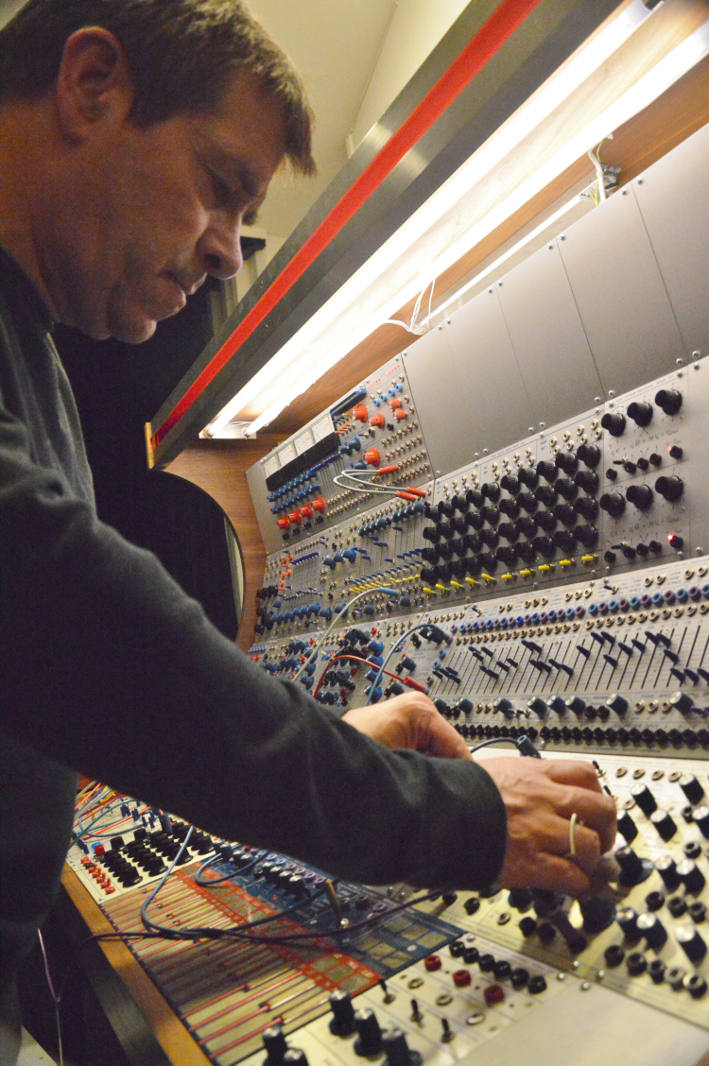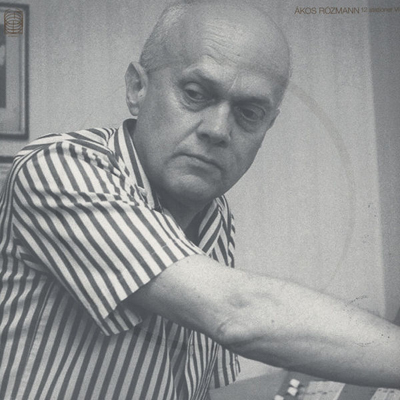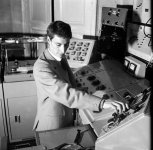Bent Lorentzen (born 11 February 1935), Danish composer.
:format(jpeg):mode_rgb()/discogs-images/A-388274-1401011972-5628.jpeg.jpg)
Bent Lorentzen was born in Stenvad, a village in eastern Jutland. He studied musicology at the university in Aarhus and at the Royal Danish Academy of Music in Copenhagen. He was a pupil of Knud Jeppesen, Finn Høffding, Vagn Holmboe and Jørgen Jersild. After his final examination he taught at the Academy of Music in Aarhus for some years.
Lorentzen was one of the earliest pioneers in the field of Danish electronic music (The Bottomless Pit in 1972 for the Nordic Music Days in Oslo, and Visions 197 , which was also introduced with an educational aim: the LP Elektronmusikkens materiale [The Material of Electronic Music, 1968] and the LP Water – electronic music for children, 1968.
, which was also introduced with an educational aim: the LP Elektronmusikkens materiale [The Material of Electronic Music, 1968] and the LP Water – electronic music for children, 1968.
Lorentzen's orchestral music includes concertos for oboe (1980), cello (1984), piano (1984), saxophone (1986), trumpet (1991) and violin (2001); his chamber music comprises solo works for organ, piano, trumpet, saxophone, clarinet, guitar, violin, cello and double-bass, as well as string quartets and works with mixed ensembles (2-12 instruments). Wiki.
Bent Lorentzen - Interferences (1967)
:format(jpeg):mode_rgb()/discogs-images/A-388274-1401011972-5628.jpeg.jpg)
Bent Lorentzen was born in Stenvad, a village in eastern Jutland. He studied musicology at the university in Aarhus and at the Royal Danish Academy of Music in Copenhagen. He was a pupil of Knud Jeppesen, Finn Høffding, Vagn Holmboe and Jørgen Jersild. After his final examination he taught at the Academy of Music in Aarhus for some years.
Lorentzen was one of the earliest pioneers in the field of Danish electronic music (The Bottomless Pit in 1972 for the Nordic Music Days in Oslo, and Visions 197
 , which was also introduced with an educational aim: the LP Elektronmusikkens materiale [The Material of Electronic Music, 1968] and the LP Water – electronic music for children, 1968.
, which was also introduced with an educational aim: the LP Elektronmusikkens materiale [The Material of Electronic Music, 1968] and the LP Water – electronic music for children, 1968.Lorentzen's orchestral music includes concertos for oboe (1980), cello (1984), piano (1984), saxophone (1986), trumpet (1991) and violin (2001); his chamber music comprises solo works for organ, piano, trumpet, saxophone, clarinet, guitar, violin, cello and double-bass, as well as string quartets and works with mixed ensembles (2-12 instruments). Wiki.
Bent Lorentzen - Interferences (1967)









